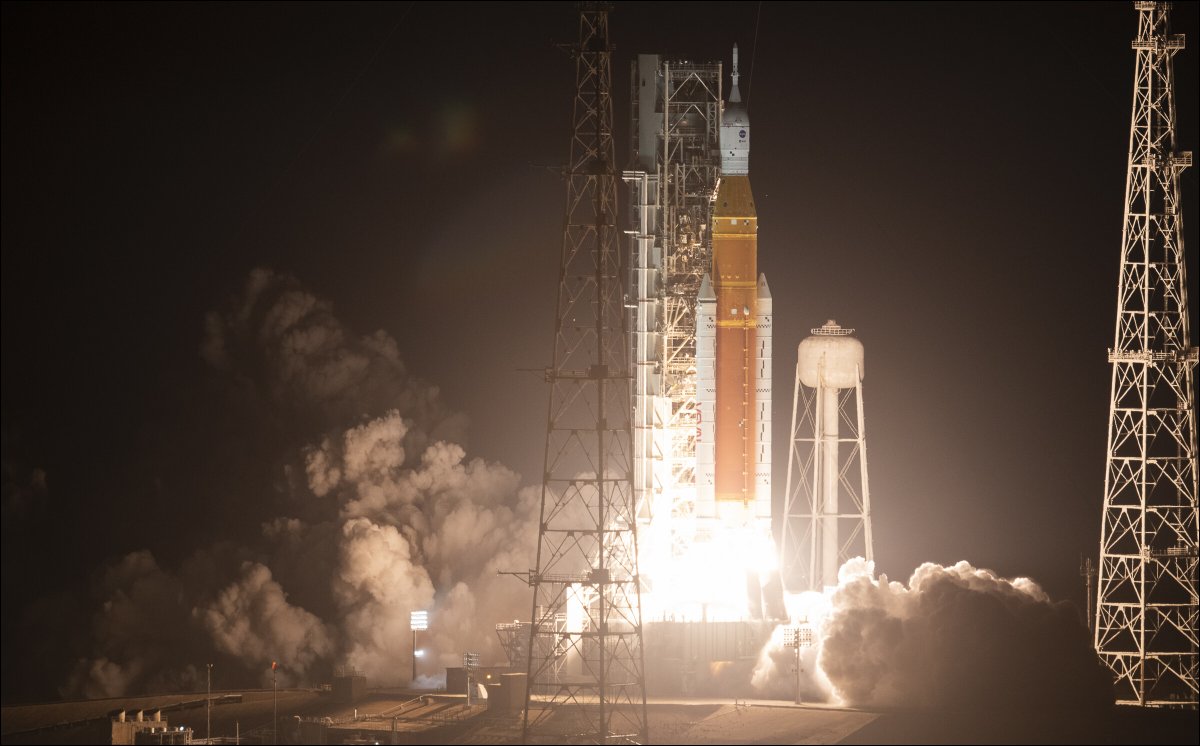The goal of the @NASAArtemis I mission is to test the flight of the @NASA_SLS rocket & @NASA_Orion – the spacecraft that will carry humans to the lunar surface. Through this test we can ensure the safety of a crewed second mission.
But the mega moon rocket is not all we’re testing! Riding along are ten cubesats and experiments that will help us understand the Moon’s environment and collect data to prepare us for a sustained presence on the Moon with @NASA_Astronauts, #NASAScience, and new @NASA_Technology. 

We will also begin to learn how to thrive in deep space as @NASA_Orion will fly 40,000 miles beyond the Moon, passing through the Van Allen Belt – areas beyond low-Earth orbit where cosmic radiation is trapped. 

Onboard, @NASASpaceSci’s Biological Experiment-01 (BioExpt-01) will study the effects of deep space radiation and microgravity on plant seeds, fungi, algae, & yeast. Learn more: science.nasa.gov/missions/bio-e… 

Studying the biological effects of deep space will provide researchers with fundamental knowledge to help enable future long-term missions to the Moon and Mars. 

Learn more about the science onboard @NASAArtemis I and how we are preparing to put boots back on the Moon, using innovative technologies to explore more of the lunar surface than ever before: nasa.gov/specials/artem…
• • •
Missing some Tweet in this thread? You can try to
force a refresh










